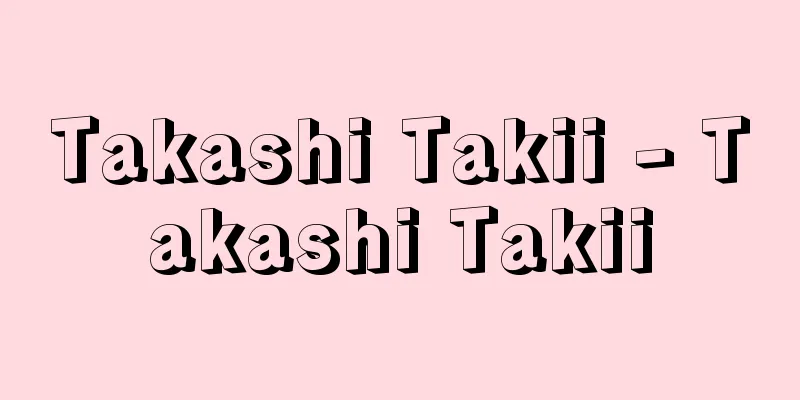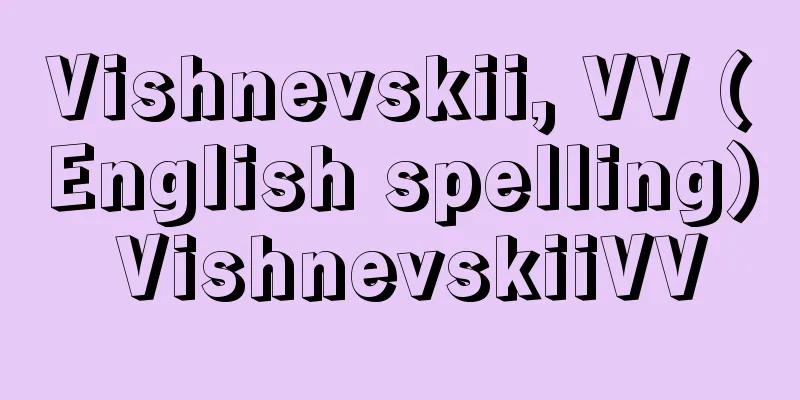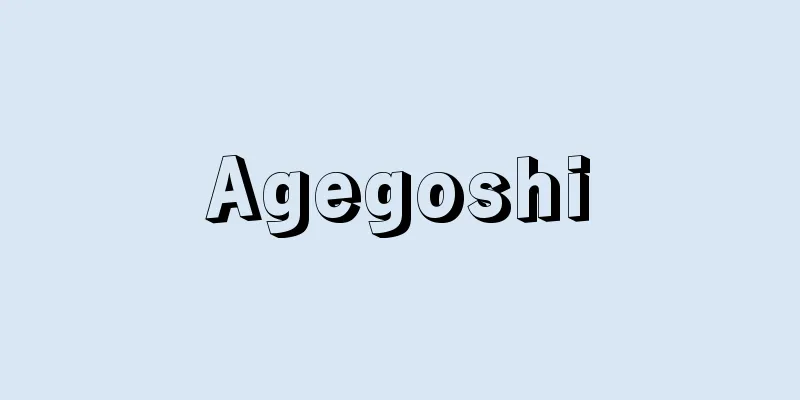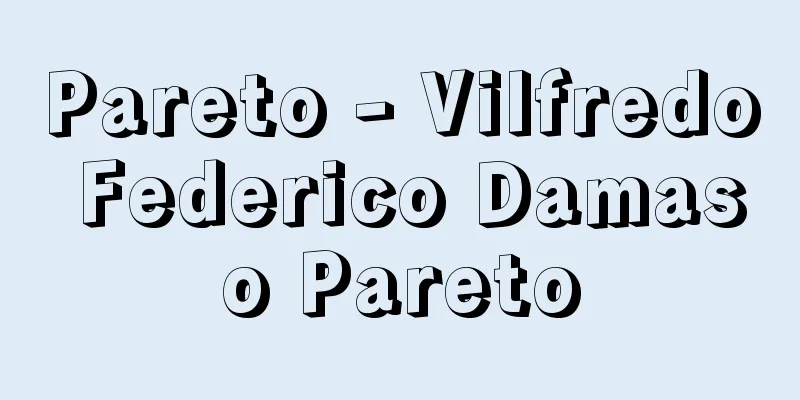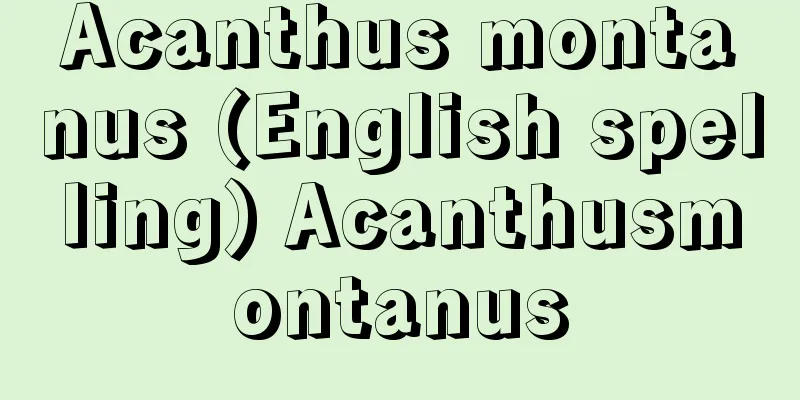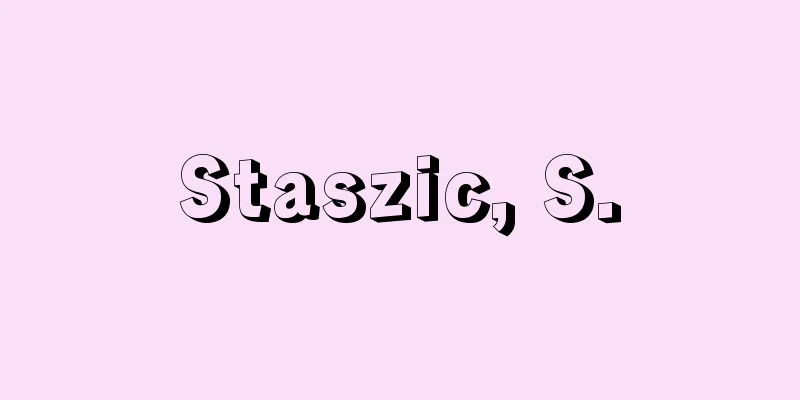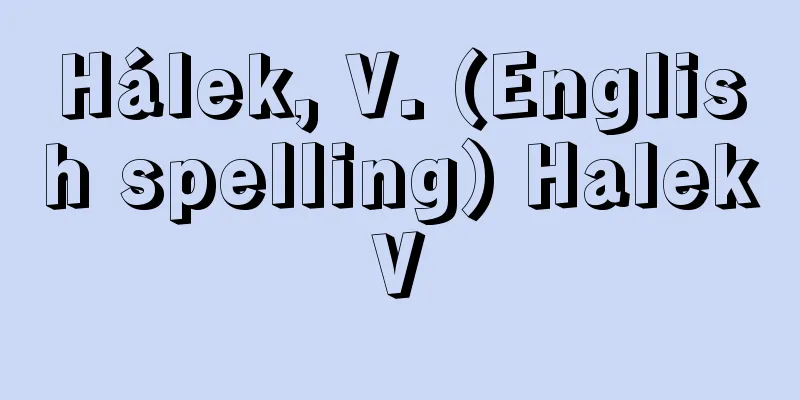Printing and telegraph
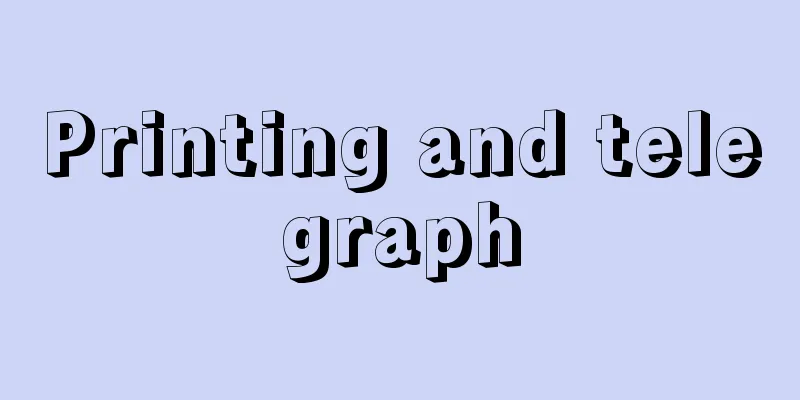
|
It is a so-called character-to-character communication method in which information such as letters, numbers, and symbols are automatically converted into electrical signals and sent out in response to the operation of keys on a keyboard, causing the receiver at the other end to automatically type out the corresponding characters. In this case, a device that combines the functions of a printer receiver and a keyboard transmitter is called a teleprinter, and is a typical printing telegraph device. Teletype is the product name of a teleprinter developed in the United States. Before the printed telegraph, communication was by Morse code, but this was a hand-sent communication, so it depended on the skill of the operator, and it took time to translate the Morse code into letters. Therefore, automation was considered, and the printed telegraph was developed. Today, with the exception of some ship communications, most communication is by printed telegraph. Printing telegraphs were invented by the American Hughes in the mid-19th century, and made a great leap forward in 1910 when Western Electric created a start-stop printing telegraph that synchronized each character with a start and stop code. In Japan, experiments were carried out in 1922 (Taisho 11), and in 1927 (Showa 2), it was used for communications between Tokyo and Osaka. In 1936, Kurosawa Teijiro (1875-1953) created the first domestically produced printing telegraph. For telegraph services, a mechanized telegraph relay system using a receiving drill was put into practical use in 1953 (Showa 28). This printing telegraph came to be used as the terminal device for the telex (subscriber telegraph) service that began in 1956, and as the basis for in-home equipment. The basic method of communication using a printing telegraph is that the operator operates a keyboard to convert characters and other information into codes, and then punches are made into the paper tape in accordance with those codes. This punched tape is read by the tape transmitter, which adds the necessary control codes and converts the code into an electric current that corresponds to the code and sends it out onto the line. The printing receiver receives the code current, mechanically or electrically selects the corresponding code combination, and based on the result, selects and prints the appropriate type. Code formats for characters include 5-unit codes consisting of combinations of 5 marks or spaces, such as the "International Telegraph Alphabet No. 2 Code" used for Western characters and internationally standardized. There are also 6-unit codes consisting of combinations of 6 marks or spaces, such as the "6-unit JIS Code" used for Japanese characters and domestically standardized. [Hiroshi Nakayama, Noritaka Uji, Hirofumi Hoshino] [References] | | | | |(1) Punching the paper tape: A keyboard is operated to punch holes corresponding to the characters. (2) Reading the punched tape: The voltage at the contacts is reversed depending on the presence or absence of a protrusion. (3) Sending the code current: The arms of the distributor rotate according to the signal, converting the characters into a code current. (4) Receiving the code current: The arms rotate according to the code current from the transmitter, and a current is sent to the relay corresponding to the hole number. (5) Selecting and printing the type: The code bar is attracted to the relay in response to the code current. When the grooves of the code bar are aligned, the type bar falls into the grooves, and the recoil causes the type bar to be printed on the platen. ©Shogakukan "> The principle of printing telegraphy Source: Shogakukan Encyclopedia Nipponica About Encyclopedia Nipponica Information | Legend |
|
鍵盤(けんばん)のキーの操作に従って、文字、数字、記号などの情報を自動的に電気信号に変えて送り出し、相手の受信機に該当文字などを自動的にタイプさせる、いわゆる文字から文字への通信方式をいう。この場合、印刷受信機と鍵盤送信機の機能をあわせてもつものをテレプリンターteleprinterといい、代表的な印刷電信機となっている。なお、テレタイプTeletypeとは、アメリカで開発されたテレプリンターの商品名である。 印刷電信以前の通信はモールス符号によっていたが、これは手送通信であったため、扱い者の熟練度に左右され、かつモールス符号を文字に翻訳するので、時間がかかった。そこで自動化が考えられ、印刷電信が開発された。現在では、船舶通信の一部を除き、ほとんどが印刷電信となっている。 印刷電信は、19世紀中ごろにアメリカのヒューズによって考案され、1910年にウェスタン・エレクトリック社によって、1字ごとにスタートとストップの符号により同期をとる調歩式印刷電信機がつくられて飛躍的に進歩した。日本では、22年(大正11)に実験が行われ、27年(昭和2)には東京―大阪間の通信に使われた。また36年には黒沢貞次郎(ていじろう)(1875―1953)によって初めて国産の印刷電信機がつくられている。電報サービスについては、53年(昭和28)から受信鑽孔(さんこう)機を用いた電報中継機械化方式が実用化されている。この印刷電信機が、56年から開始されたテレックス(加入電信)サービスにおける端末機として、宅内装置の母体として利用されることになった。 印刷電信機を用いた基本的な通信方式は操作者の鍵盤操作に従って文字などが符号に変えられ、その符号に応じ紙テープが鑽孔される。この鑽孔テープがテープ送信機に読み取られることにより、必要な制御符号が付加されたうえ、符号に対応した電流に変換され回線に送り出される。印刷受信機は符号電流を受信し、これに対応する符号の組合せを機械的あるいは電気的に選択し、その結果により該当する活字を選択、印字する。 文字などに対応する符号の形式には、5個のマークまたはスペースの組合せで構成される5単位符号があり、これには欧文に使われ国際標準化された「国際電信アルファベットNo.2符号」などがある。また、6個のマークまたはスペースの組合せで構成される6単位符号もある。これは和文に使われており、国内標準化された「六単位JIS符号」などがある。 [中山 浩・宇治則孝・星野博文] [参照項目] | | | | |(1)紙テープの鑽孔 鍵盤を操作し、文字に対応した穴をあける。(2)鑽孔テープの読み取り 突出部の有無により、接点の電圧を反転させる。(3)符号電流の送信 分配器の腕を信号どおりに回転させ、文字を符号電流に変換する。(4)符号電流の受信 送信側からの符号電流のにあわせて腕が回転し、穴番号に対応した継電器に電流を流す。(5)活字の選択と印刷 符号電流に対応してコードバーが継電器に引き付けられる。コードバーの溝が一直線に並んだところのタイプバーが溝に落ちる反動で、プラテンに印刷される©Shogakukan"> 印刷電信の原理 出典 小学館 日本大百科全書(ニッポニカ)日本大百科全書(ニッポニカ)について 情報 | 凡例 |
<<: Printing paper - insatsuyoushi (English spelling) printing paper
Recommend
Apothecary
... In Japan, where the separation of medical and...
Fimbristylis miliacea (English spelling)
…[Tetsuo Koyama]. … *Some of the terminology that...
Gold ring - kumquat
〘noun〙① A ring made of gold. Also, a ring of golde...
Landscape painting
A modern concept of Yamato-e. It defines seasonal ...
Mount Zao
A mountain in the central-southern part of the Ou...
Iwatsuki Castle
…Since Ota Sukenaga (Dokan) built the castle here...
Genital warts - Condyloma acuminatum
What is the disease? This is a disease in which s...
Kismayu (English spelling)
Also known as Chisimaio. A port city in southern S...
Chance cause
...The causes of variation in product quality cha...
Tanaka Hide - Tanaka Hide
Year of death: 16 September 1847 (24 October 1847)...
mythos
... By the way, when watching a play and assimila...
Sömmering, STvon (English spelling)
…Soon after, attempts were made to use the phenom...
Nemea
…In the eastern part of the region, beyond the re...
Ending - Gobi
When a term or auxiliary verb changes its form to...
Kalinite
...It has a specific gravity of 1.97, is highly s...

